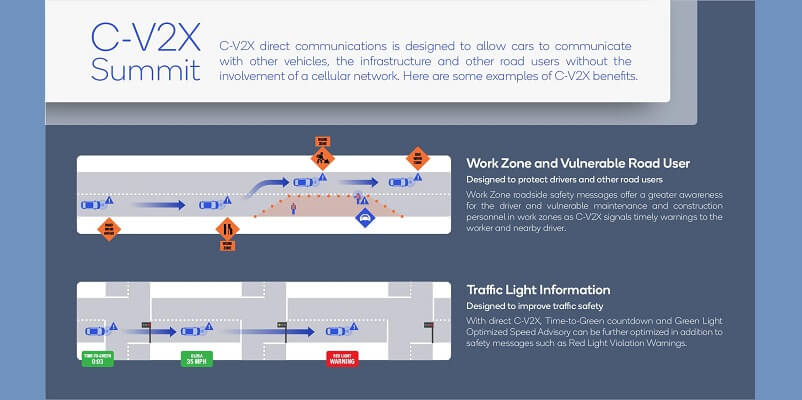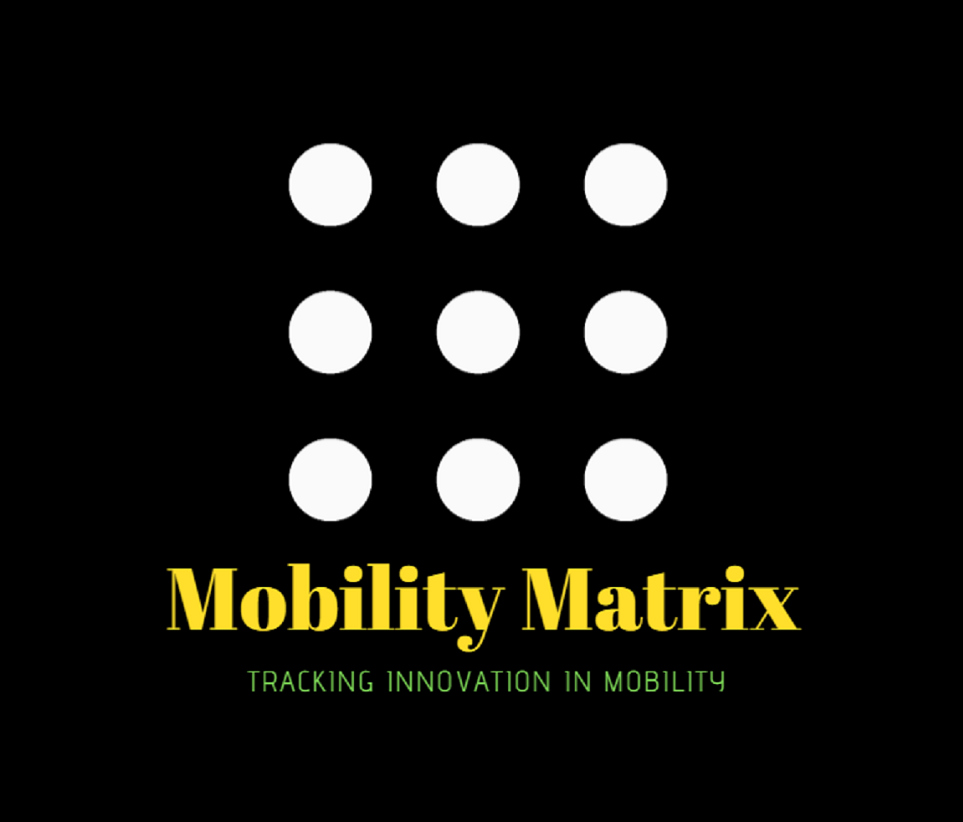Virginia Department of Transportation (VDOT) for improving work zone and vehicle safety for state roadways has announced initial deployment of cellular vehicle-to-everything (C-V2X) communication technology.
The Department has joined hands with Audi of America, American Tower Corporation, and Qualcomm Technologies in developing new models of deployment with public and private sector involvement such that C-V2X technologies can be readily introduced to roadways across the globe.
To reach this significant C-V2X milestone, the companies are working with the Virginia Tech Transportation Institute (VTTI) and V2X solutions provider Commsignia on the initial deployment, using the 5.9 GHz wireless communications band.
The C-V2X implementation in the state will focus on two specific use cases —work zones and roadside worker safety and traffic signal information.
⇒ Work Zone and Vulnerable Road
Drivers and vulnerable roadside and maintenance personnel will be receiving Work zone roadside safety messages through low-latency direct communications that a vehicle is approaching.
Roadside personnel utilizing vests will be equipped with C-V2X technology, as well as Audi Q8 test vehicles will be equipped with a Qualcomm C-V2X-based platform, to deliver warnings and alerts to drivers and personnel about each other’s presence.
⇒ Traffic Signal Information
VDOT’s signal controllers will be broadcasting signal status information through roadside infrastructure provided by Commsignia. The roadside infrastructure transmitting messages using C-V2X to the Audi Q8 SUVs that supplement Audi’s Traffic Light Information (TLI) service that provides drivers a countdown to the green light using the cellular network, additional low-latency C-V2X messages and audible alerts enhance traffic signal information to also warn of an impending red-light violation.
While there are many more applications that can emerge from a C-V2X deployment, these two use cases are particularly aimed to set the stage for potential broad deployment.


